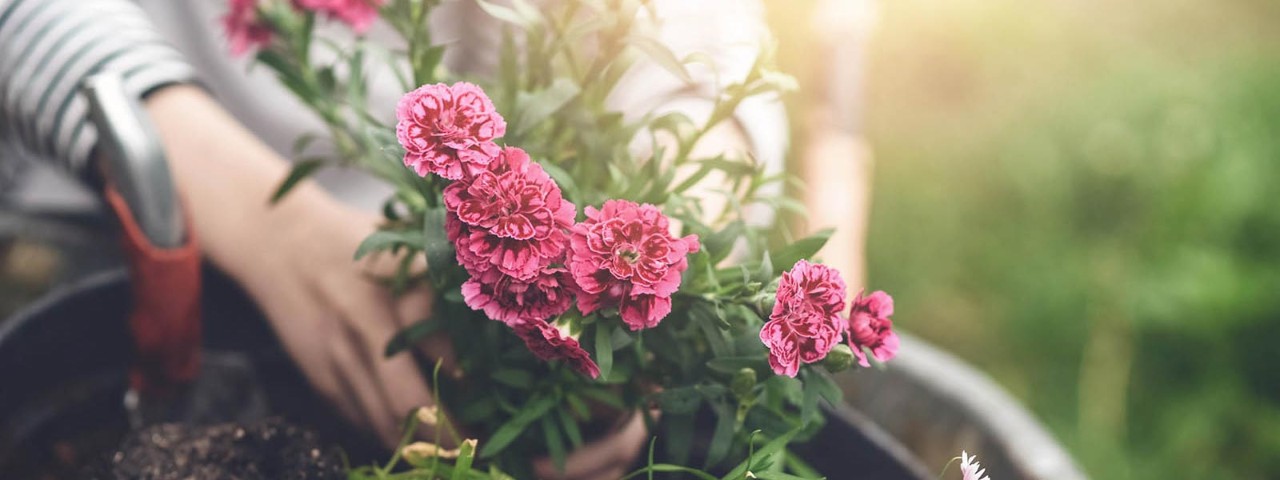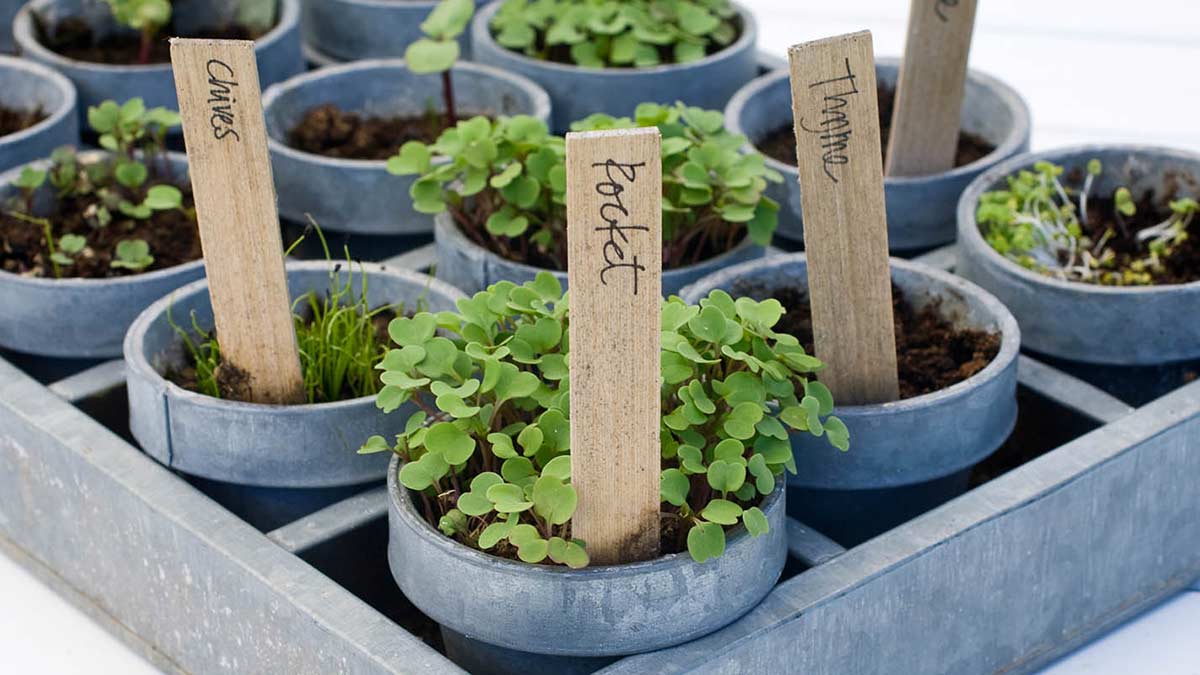Regular tree trimming is essential for tree health and property safety. Here's what you need to know about trimming and pruning your trees, especially before storm season.
What to plant in autumn in Victoria

Unleash your inner green thumb with our guide to the best things to plant in autumn
As the warmer weather fades and days turn a little cooler, it’s time to give your garden some TLC. Autumn’s cooler, wetter weather is the ideal time to start digging, prepping and planting, so that your garden will be in full bloom by the time spring rolls around. Whether you want to start a vegie patch or herb garden, grow you own fruits or give your garden a burst of colour, these are the best things to plant in autumn in Victoria, as well as where to plant them.
Autumn planting guide
Flowers and shrubs
Plant flowering bulbs from mid March to late April so they get established before they flourish in spring, says Warren Worboys, curator of horticulture at Royal Botanic Gardens in Cranbourne.
“Colourful beauties like daffodil, jonquil, freesia, ranunculus, anemone, crocus, hyacinth, tulips and even the native calostemma do well,” says Warren. Or choose pansy, viola, polyanthus, primula, primrose and cineraria or Australian natives like correa, bottlebrush, banksia, lilly-pilly, gum tree and grevillea.
“Planting shrubs when autumn rains have started reduces hand watering and plants are always happier with real rain,” says Warren.
Where to plant them: Choose a spot with plenty of sunlight or dappled shade when planting bulbs. Evergreen trees and shrubs like shadier locations.
Herbs
Autumn is an ideal time to plant tasty herbs like coriander, garlic bulbs, marjoram, oregano, parsley, thyme, tarragon, lemongrass, mint, rosemary, shallots and native river mint.
“Annual herbs such as parsley and coriander planted in autumn grow particularly well over winter, but consider planting a few seeds every month so you have a succession of plants ready for picking,” says Warren.
Where to plant them: Parsley, basil, thyme, chives, rocket, rosemary and sage like sunny spots, while mint prefers a partly shaded area.
Fruits
Citrus fruits like lemon, lime and orange trees thrive in autumn. But they don’t like competing for space so don’t allow lawn to grow up close to the trunk and when plants start flowering, feed them with a fruit and citrus fertiliser. Stonefruit trees also do well in autumn.
“Strawberry plants are another gem. They flower in September with the first crop of fruit arriving late spring. Avoid putting fertiliser directly into the hole in which you plant the strawberries – too much nitrogen can produce huge leaf growth and not much fruit,” says Warren.
Where to plant them: Citrus likes plenty of sun exposure and areas that don’t get too much wind. Strawberries also like sunny areas but in hot summers they like some afternoon shade.

Rocket, chives, thyme and more - autumn is the best time to plant herbs
Vegetables
In mid to late March, plant winter vegetable seedlings like kale, beetroot, broccoli, cabbage, carrot, cauliflower, celery, English spinach, lettuce, parsnip, peas, radish, silverbeet, broad beans, brussels sprouts, Chinese cabbage, onion and spinach.
“Brassica plants like cabbage and broccoli need soil enriched with organic matter and animal manure to provide nitrogen. During growth, every 10 to 14 days, apply a diluted liquid fertiliser such as Seasol Powerfeed to spur vegies along,” advises Warren.
“Consider growing vegies from seed – most grow quite readily and packets often have more seed than you need for one season. You can store the seed packets in a sealed glass jar in a cool place, out of the sun, for more than a year.”
Where to plant them: Vegetables like kale, lettuce, spinach and brussels sprouts like full shaded areas of the garden while partially sunny areas suit beans, peas, broccoli, onions, cabbage and radish.
What about balcony gardens?
Herbs and fruit like strawberries and dwarf citrus suit balcony locations, as do succulents and cacti.
“Keep in mind that plants in containers need regular checking to see if they need water and, in summer, direct sunlight on the containers can heat up the soil, causing stress to the plants. Shading containers, or even wrapping them with a reflective material, will help keep them cool,” says Warren.
Top planting tips
- Give new plants a good watering and follow-up watering to help roots grow into moist soil.
- Move fallen leaves from deciduous trees to the compost bin so they don’t smother plants. Well-rotted leaf mould is good for garden soil.
- Loamy soil is best for autumn planting. If your soil is heavy on sand or clay, add organic matter like compost containing kitchen vegetable waste and manure. Organic matter also aids aeration and drainage and encourages microbes, earthworms and good fungi.
- After planting, top up soil with an organic-based mulch like peastraw in a vegie garden, or bark or wood chips for shrubs.


